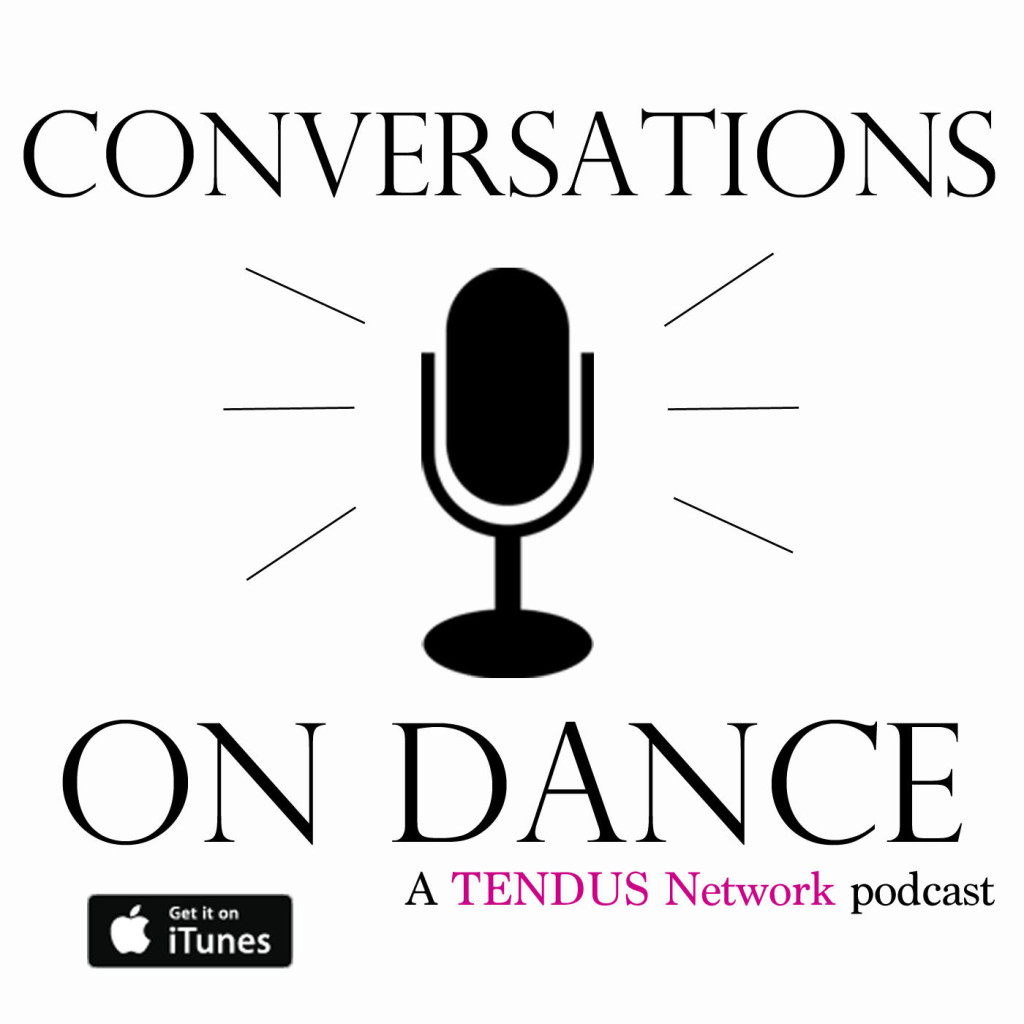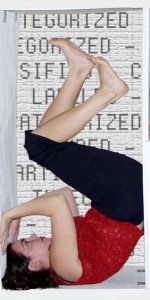Miami City Ballet dancers Rebecca King and Michael Breeden are the hosts of the new ballet podcast Conversations on Dance. Learn about how the podcast got started, what’s coming up for it, Rebecca and Michael’s thoughts on the role of technology in dance and more…
Listen to Conversations on Dance episodes here and on iTunes.
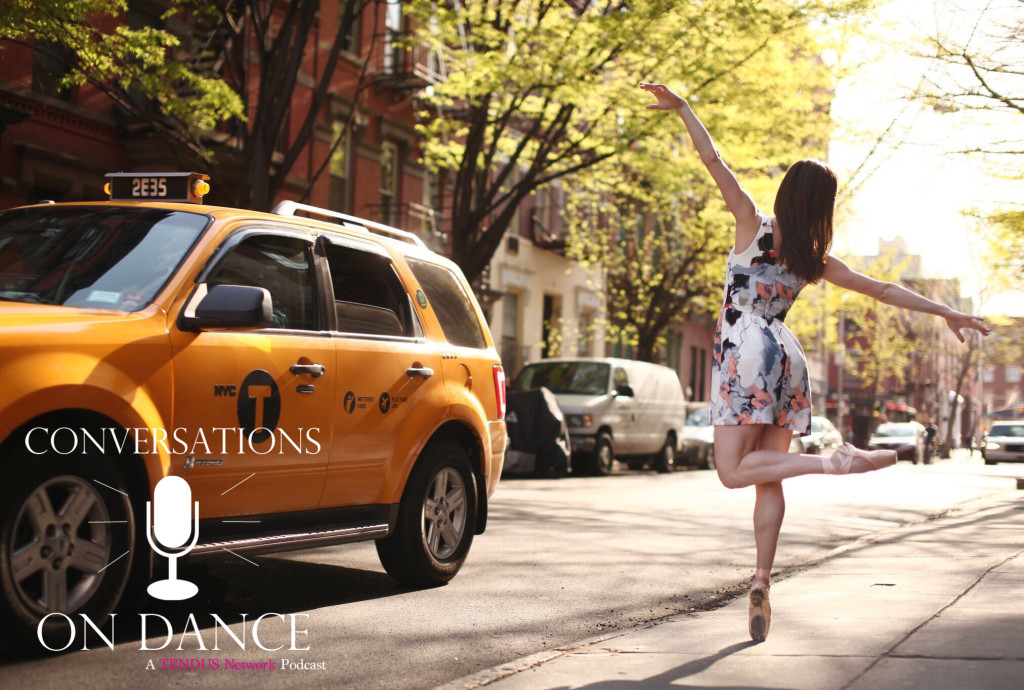
What inspired the podcast?
Rebecca: Miami City Ballet has a wonderful program of pre-performance talks in the theater before each performance. In recent years, these talks have been dancer driven. Michael has been a cornerstone of this program, and for good reason. He is well-spoken and extremely well-versed in ballet. Michael often invites me to accompany him for these talks, which I have always enjoyed.
Knowing that podcast listenership is growing and becoming a part of society, we thought we could expand these talks to a larger platform. We developed the idea to make each episode a casual and light conversation on the different elements of the professional ballet world. We are so fortunate to work with the ballet world’s best and brightest here at Miami City Ballet, and those are the artists that people interested in the ballet world want to hear from.
I have a blog, Tendus Under A Palm Tree, which I have been cultivating for almost 6 years, that brings with it a wonderful audience. As we did research, we found ourselves at a wonderful advantage: being able to host our own content through my website would allow us to be in total control of every element of the process including recording, editing, publishing, and promoting.
So, Conversations on Dance was born. It started as just an idea, but is quickly growing more than we ever expected. We are so thankful to all of our listeners.
Michael: Rebecca and I and our friends at Miami City Ballet are a very inquisitive bunch. We’ve always done a lot of background research for the work we do, which we later share with each other.
When Lourdes Lopez became artistic director of the company, she started having us do pre-performance talks where we discuss the history and process of the ballets we’re performing. Rebecca realized that the podcasts would be a perfect outlet for sharing that information during the off-season.
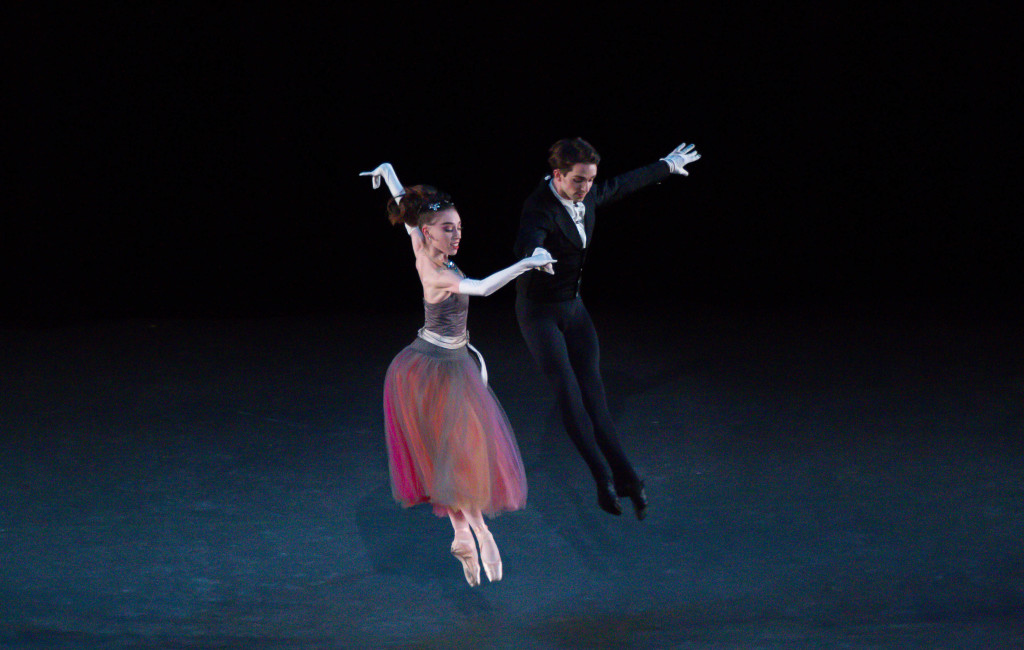
Dancers spend most of their days using their bodies to speak. Now, through this podcast, you are also using your voices as instruments. Tell us a little about that…
Rebecca: This is certainly a challenge for me. Michael is obviously much more comfortable with public speaking than I am, but I am enjoying being outside of my comfort zone. With each episode I am getting more comfortable. We are both learning how to portray our message and how to make the content interesting and enjoyable.
Michael: Speaking in front of a live audience at our pre-performance talks is much scarier. The podcast is a much more relaxed environment for us to use our voices to share the information we have about our art form.
I think we found that it’s actually surprising how natural public speaking can be when the subject matter is something you care very deeply about and have a wealth of knowledge about. We both love ballet so much, and using our voices is just another tool we have to help spread that love and hopefully bring in new admirers of the art.
How do you feel that technology is changing the way audiences perceive the art of dance?
Rebecca: This is something I feel very strongly about, and a topic I cover a lot on my blog. For a long time, the general feeling was that ballet dancers were elusive creatures who were untouchable. This contributed to the overall feeling that the dancers onstage were otherworldly beings. But, now, with social media, I feel that not only do we have a wonderful opportunity to bring audience members behind the scenes, we have a responsibility to.
The world is changing and it is essential that ballet change with it. Social media offers us the opportunity to debunk the theory that ballet is all tutus and tiaras, and allows us to reach those who may not otherwise attend a performance.
Michael: We don’t yet know how far ballet can go with technology; it hasn’t been fully explored. I think things like the showings of various ballet companies in movie theaters across the country or the live showings of performances online are just the tip of the iceberg of what is to come. We have the ability to engage people through technology in ways beyond performing, and I think it’s just now starting to be utilized.

What are some of your future goals for the podcast?
Rebecca: As I am very passionate about the use of social media to promote our art form, I hope that our podcast will continue to grow. I hope that we can provide context for audience members and give them a new, in-depth view of the ballet world.
I hope we can create content that professional ballet dancers can relate to and find enjoyable, that we can help dance parents understand the world of ballet and better understand their child’s love for it, and that we can inspire and educate young dancers who want to become professionals one day.
As senior company members, I hope Michael and I can share with the world the wonderful opportunities and experiences we have had, and are having, in our ballet careers.
Michael: I’ve always been so hungry for more knowledge when it comes to ballet. If I can share that and inspire someone in the way that I’ve so often felt inspired by the art, then I think the podcast will have done its job.
I love the idea of delving into the minds of today’s important artists. We have some very exciting people in the pipeline. We also want to help people through things that I sort of navigated blind when I was younger, like choosing a summer program or how to decide between college or dance.
There is just so much information and history in what we do, and I hope that people enjoy the little sliver of that which we are bringing through the podcast.
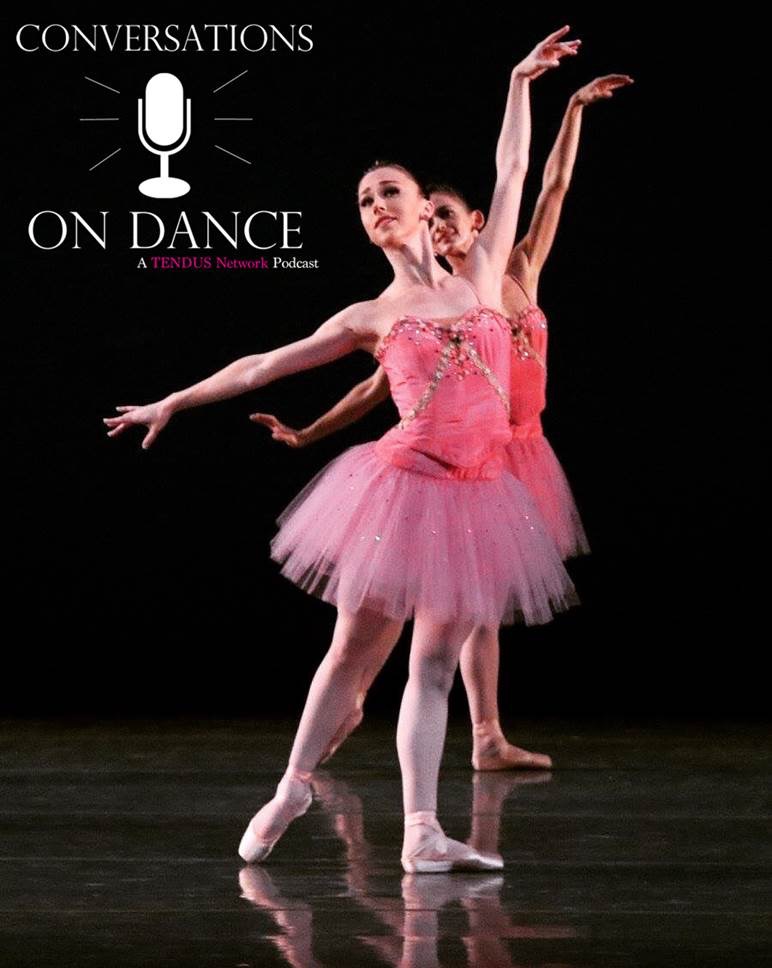
Tell us a little about your journeys in dance…
Rebecca: As a young dancer, I received my training from the Contra Costa Ballet Centre in Northern California. I spent two summers at San Francisco Ballet School under the direction of Gloria Govrin. For my senior year, in high school I attended The Rock School in Philadelphia, then came to Miami City Ballet School after graduating. I danced with the company while in the school, then joined Miami City Ballet in 2007.
Since then, I have worked with many of today’s most sought-after choreographers including Christopher Wheeldon, Alexei Ratmansky, Liam Scarlett, and Justin Peck. I have danced in the majority of Miami City Ballet’s Balanchine repertoire, as well as classical full-length ballets and contemporary works.
Michael: I had very strong Russian and Cuban training when I was younger, but I really found myself when I started training at the School of American Ballet at age 15. The Balanchine style suited me very well, and I fell in love with his ideologies and, of course, his beautiful ballets.
I’ve danced for Boston Ballet, Oregon Ballet Theatre, Pennsylvania Ballet, and The Suzanne Farrell Ballet, but Miami City Ballet is where I found my real home, largely because of the wonderful repertoire that is rooted in Balanchine’s masterworks. I’ve now danced over 30 Balanchine ballets, something I’m immensely proud of, as well as works by today’s working geniuses Alexei Ratmansky, Justin Peck, Christopher Wheeldon, and Liam Scarlett.
Finally…what’s on your iPods?
Rebecca: Well…Spotify. My phone is filled with photos, videos, and now, audio files. So, I save space by jamming out with Spotify.
Michael: I’ve been addicted to the soundtrack from the new musical Waitress. One of my favorite things to do when we are on summer layoff is go see theater, museums, and other art forms to draw inspiration before my season. Waitress was the theater experience that stayed with me most this year, and I think there’s something in it that speaks to everyone.





